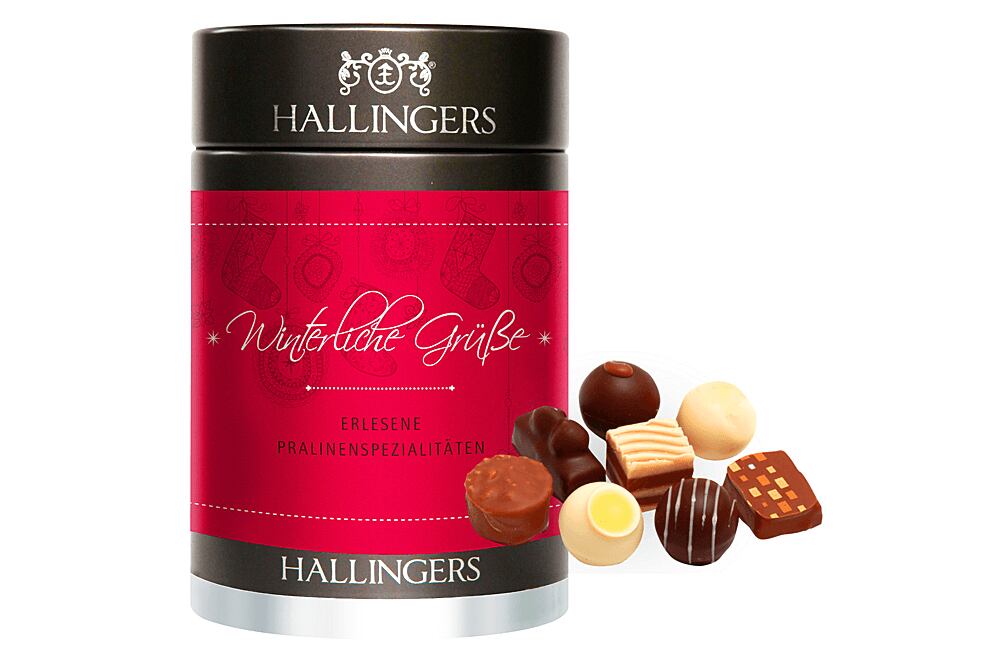In the run-up to Christmas where manufacturers see an increase of metal packages containing chocolate, gingerbread and Christmas tea, it has released the findings of its Life Cycle Assessment (LCA) study.
Lighter packaging

The data, based on information from metal packaging manufacturers and suppliers, including Blechwarenfabrik Limburg, Huber Packaging Group, New Box and Sarten Ambalaj San, shows there has been a clear reduction in the carbon footprint of metal products since 2006.
The study claims by using less raw materials per packaging unit, which reduces weight and less water to produce an average steel packaging unit, costs have gone down 60% since 2006.
Aside from lighter packaging, it says there have been improvements in the manufacturing process.
Ellen Wauters, senior communications and industry manager, Empac, said in regards to the environment, metal packaging continues to focus on using resources and materials in the most efficient and sustainable way.
“We are pleased with the latest results, but will continue to set ambitious targets for the future," she said.
"We also emphasize, while Life Cycle Assessments are the most recognized methodology for measuring environmental performance, they do not measure packaging functionality nor do they take into account the permanent nature of metals.
“Steel and aluminium are infinitely recycled without any loss of quality. Through recycling, their value is retained forever, making it available today and for future generations."
RDC Environment
The report, carried out by RDC Environment, an independent international consultancy firm based in Brussels, and peer-reviewed by Solinnen, a Paris-based consultancy company specialized in LCA practices, shows compared to 2006, there is a reduction in the carbon footprint for rigid steel packaging amounting to 20% covering all main categories, namely food, aerosol, general line, speciality and closures.
Over the same period, the aluminium food industry improved by a double digit percentage.
The reduction in CO2-equivalent is mainly attributable to three factors: the increased amounts of green energy used in the energy mix for the packaging manufacturing process; the higher average European metal recycling rates being achieved, and a reduction in raw materials per unit leading to a lower average packaging weight.
Among other indicators, the study measures net water consumption and found metal packaging reduced the impact on water depletion by a 60% per average unit of steel packaging between 2006 and 2013.
Can light weighting, in combination with improvements in the manufacturing process, are the main contributors to the significant reduction in water depletion.
Other Empac members who participated in the report by submitting their 2013 data include Ardagh Group, Colep, Crown, Glud & Marstrand, Huber Packaging, Massilly, Mivisa, Pack2Pack, Silgan Metal Packaging, along with APEAL and European Aluminium, which represent European manufacturers of steel and aluminium respectively.
Overall, 74 can manufacturing sites from 16 countries took part in the study.
